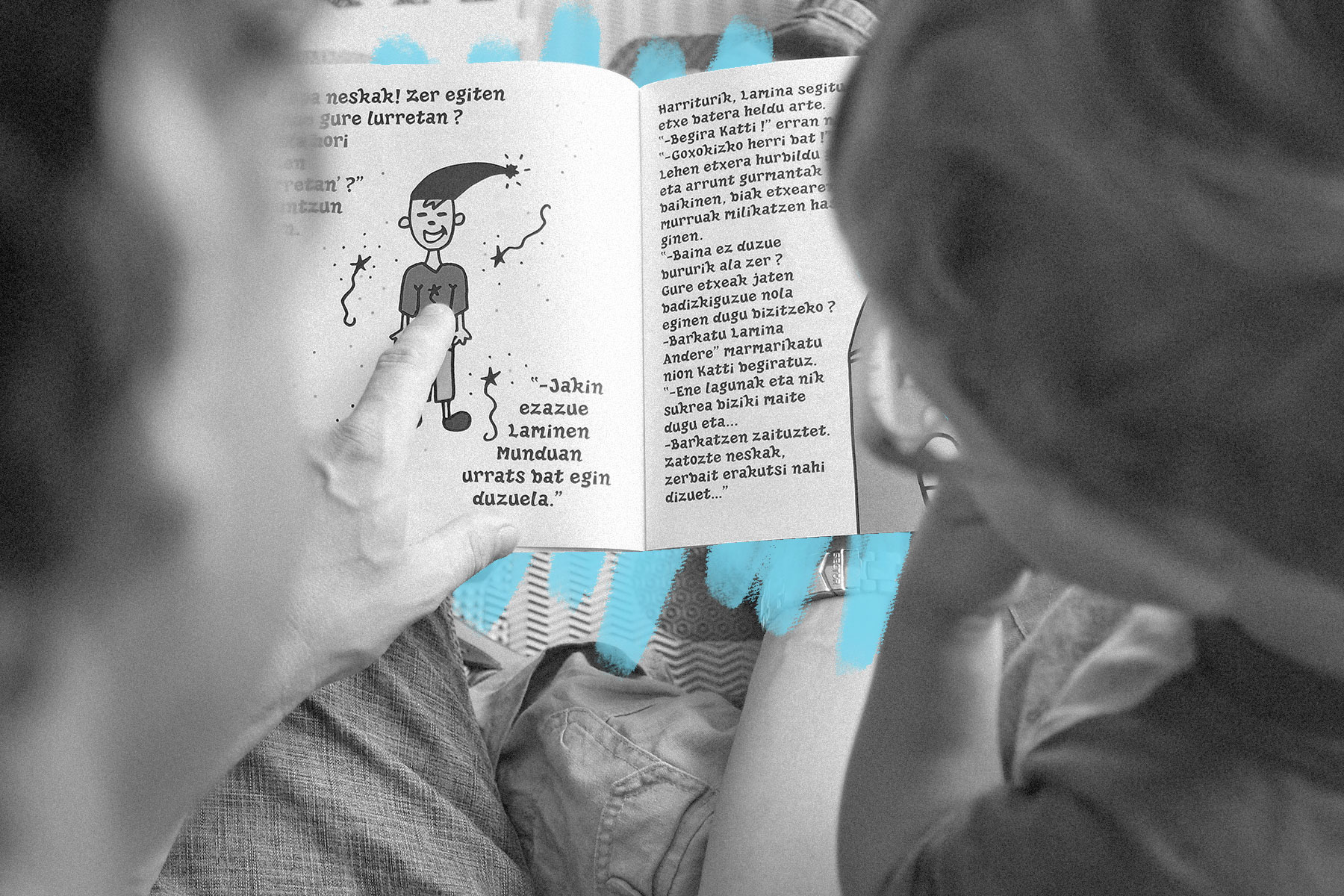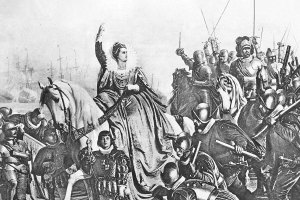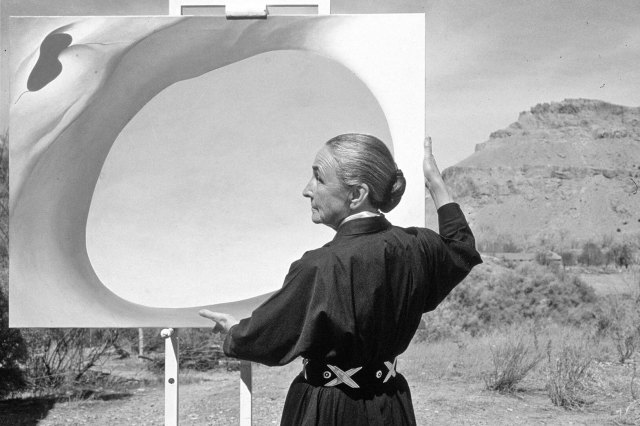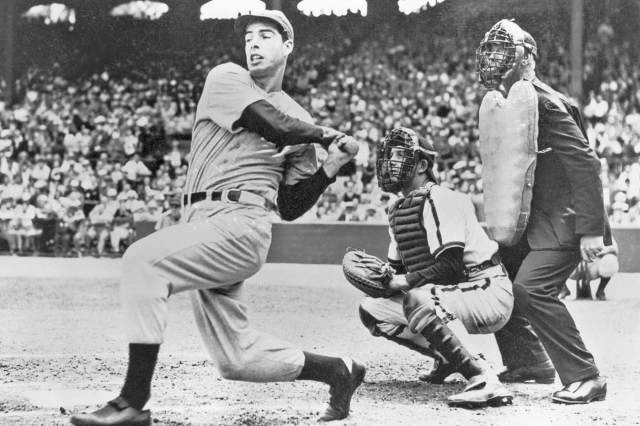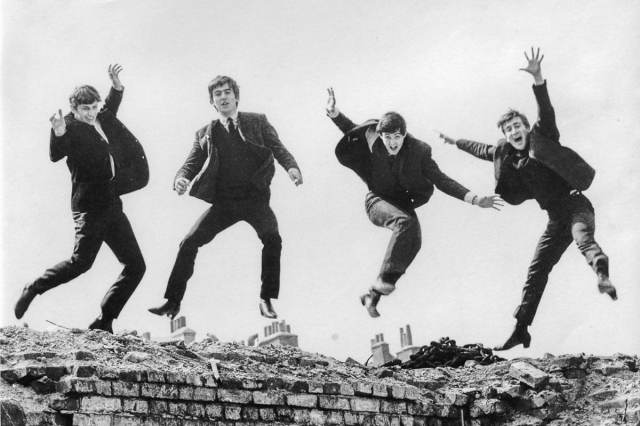Basque has no known linguistic relatives.
As seen in Pablo Picasso’s famous painting “Guernica,” the destruction of the Basque region (especially the city of Guernica) during the Spanish Civil War was devastating. The conflict nearly led to the extinction of the region’s unique ancient language, Euskara (commonly called “Basque”), after Spanish dictator Francisco Franco banned the local tongue. However, after Franco’s death in 1975, Basque Country was granted its (limited) autonomy, and its language experienced a resurgence. There are at least six Basque dialects today, but most speakers use a modern dialect developed in the 1960s. Euskara is spoken by 35% of the Basque population and remains one of Europe’s most mysterious languages.
Euskara is a “language isolate,” meaning it has no linguistic relatives and is unlike any other spoken language that exists today. Some linguists support the Vasconic substrate hypothesis, which proposes that Basque is the only surviving version of an ancient family of Vasconic languages — but other linguists reject this. Most experts agree that Euskara likely developed during the Neolithic period (late Stone Age) by farmers who were geographically isolated from the rest of Europe by the Pyrenees mountain range in northeastern Spain and southwestern France. Its popularity diminished following the arrival of the Romans and Indo-European languages (namely the Romance languages) around the second century BCE.
Today, the mystery continues. A recent discovery of a 2,100-year-old inscribed amulet from Navarre in northeastern Spain (where the Basque language originated) features a Vasconic language that might be related to Euskara. The first word of the inscription, “sorioneku” or “sorioneke,” is very similar to the modern Basque word “zorioneko,” meaning “good fortune,” leading experts to believe this amulet might reveal more information about the enigmatic Basque language.





